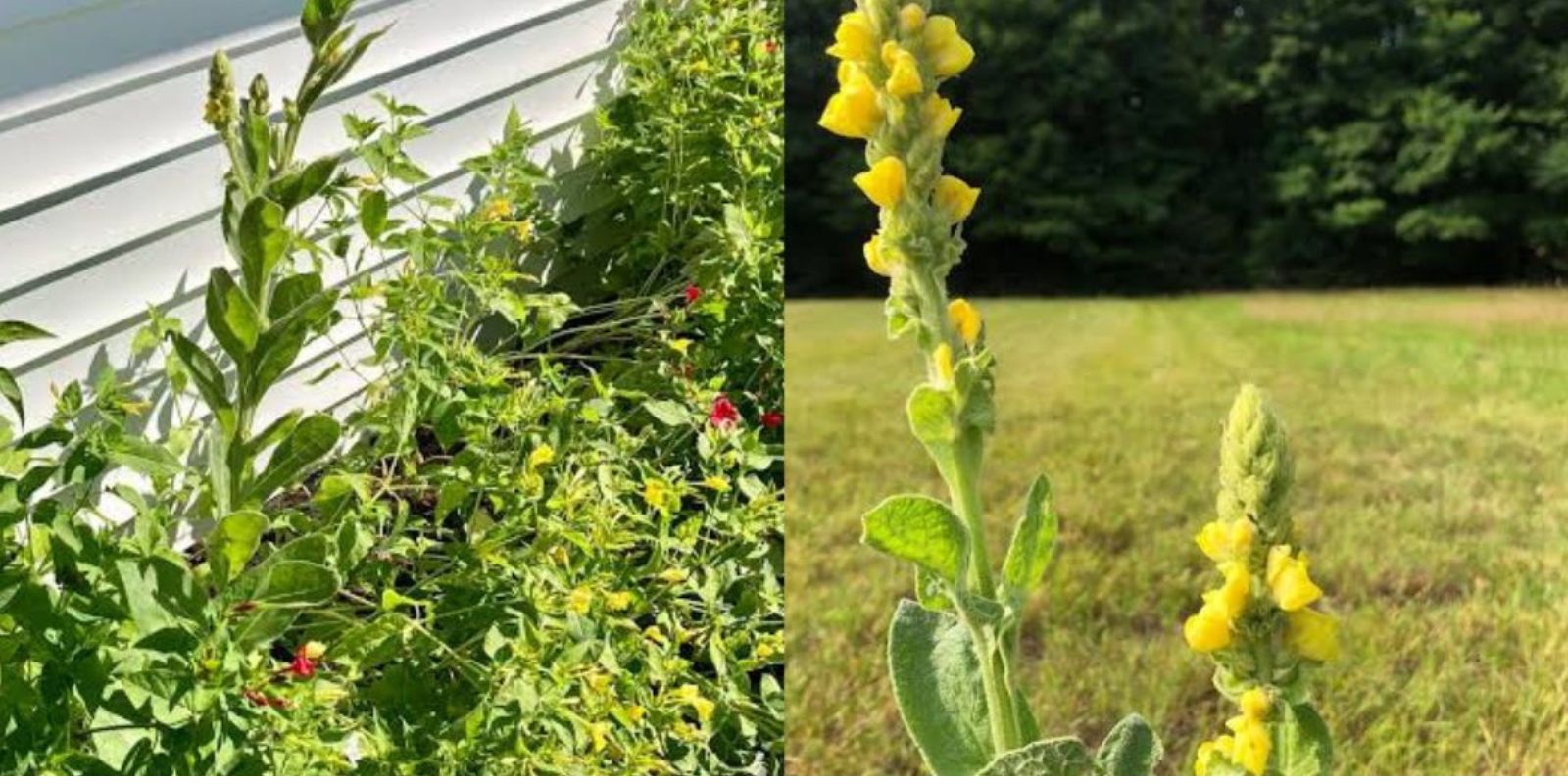Nature often hides treasures in plain sight, and our gardens are no exception. Among the common weeds and shrubs, there are plants with incredible value—medicinal, culinary, and ecological—that many of us overlook. These “golden” plants can transform your approach to gardening, wellness, and sustainability.
This article will reveal some of these hidden gems, how to identify them, and how you can harness their potential for a greener, healthier, and more self-sufficient lifestyle.
Why These Plants Are Considered “Gold”
Many plants that grow freely in yards, gardens, or even cracks in the pavement are packed with benefits. Yet, due to a lack of knowledge, they’re often pulled out or ignored. Here’s what makes these plants so valuable:
- Medicinal Properties: Some of these plants have been used in traditional medicine for centuries to treat various ailments.
- Culinary Uses: They’re edible and often rich in nutrients, making them an excellent addition to your meals.
- Garden Benefits: Many of these plants improve soil health, repel pests, or attract pollinators, enhancing your garden’s ecosystem.
- Sustainability: Utilizing these plants reduces waste and promotes a self-sufficient lifestyle.
Spotting the Hidden Gold: 5 Valuable Plants You Might Be Overlooking
1. Dandelion (Taraxacum officinale)
Often dismissed as a weed, the dandelion is a powerhouse of nutrients and medicinal benefits.
- Uses:
- Leaves can be used in salads, soups, or teas.
- Roots are excellent for liver detoxification when brewed into tea.
- Flowers can be made into wine or used in desserts.
- Garden Benefits: Dandelions aerate compact soil and attract pollinators like bees.
2. Plantain (Plantago major)
This hardy plant grows in almost any soil and has numerous healing properties.
- Uses:
- Leaves can be crushed and applied to insect bites or wounds to reduce swelling.
- A tea made from plantain leaves soothes digestive issues.
- Garden Benefits: It improves soil structure and provides ground cover to prevent erosion.
3. Chickweed (Stellaria media)
A delicate, sprawling plant, chickweed is rich in nutrients and offers surprising versatility.
- Uses:
- Edible raw or cooked, it’s high in vitamins and minerals.
- Infused oils or salves made from chickweed help treat skin conditions.
- Garden Benefits: It acts as a living mulch, protecting the soil and keeping it moist.
4. Nettle (Urtica dioica)
Though often avoided due to its sting, nettle is a nutritional and ecological gem.
- Uses:
- Rich in iron, calcium, and protein, it can be used in soups, teas, or as a spinach substitute.
- Nettle tea boosts energy and supports kidney health.
- Garden Benefits: When steeped in water, nettle makes an excellent natural fertilizer.
5. Purslane (Portulaca oleracea)
With its succulent leaves and tangy taste, purslane is both delicious and nutritious.
- Uses:
- It’s a great source of omega-3 fatty acids and antioxidants.
- Add it to salads, stir-fries, or smoothies.
- Garden Benefits: Purslane prevents soil erosion and retains moisture in the soil.
How to Harvest and Use These Plants
1. Identification is Key
Before harvesting any plant, ensure you’ve correctly identified it. Use a reliable field guide or consult local experts. Misidentification can lead to ingesting harmful plants.
2. Harvest Responsibly
- Only take what you need to allow the plant population to thrive.
- Avoid harvesting from areas treated with pesticides or pollutants.
3. Preparation and Usage
- Culinary: Wash thoroughly and prepare according to the plant’s edible parts (leaves, flowers, or roots).
- Medicinal: Research traditional methods or consult a herbalist for safe usage.
- Gardening: Incorporate them into compost or as companion plants for pest control and pollination.
Tips for Cultivating These Plants in Your Garden
While these plants often grow wild, you can also cultivate them intentionally:
- Choose the Right Location: Many of these plants thrive in neglected areas, so they don’t require rich soil or constant care.
- Encourage Growth: Allow a small patch in your garden to grow naturally, and let these plants establish themselves.
- Balance and Control: While beneficial, some of these plants can spread aggressively. Use barriers or regular pruning to keep them in check.
The Environmental and Economic Benefits
1. Reducing Waste
By using plants that grow naturally in your garden, you minimize the need to purchase herbs, vegetables, or chemical treatments.
2. Supporting Biodiversity
These plants often attract beneficial insects, birds, and other wildlife, creating a thriving ecosystem in your garden.
3. Sustainable Gardening
Repurposing “weeds” reduces the need for synthetic fertilizers and pesticides, contributing to a healthier planet.
Myths and Misconceptions
- Myth: These plants are just weeds and have no value.
Truth: Many “weeds” are more nutritious and beneficial than cultivated crops. - Myth: They’re difficult to manage in the garden.
Truth: With proper care, these plants can be incorporated seamlessly into your garden without becoming invasive.
Conclusion
The next time you walk through your garden, take a closer look at the plants growing there. You might be sitting on gold without even realizing it. From dandelions to nettle, these hidden treasures offer endless opportunities to enhance your health, garden, and sustainable living practices.
Ready to explore the power of these plants? Share your discoveries or favorite tips in the comments below!
#GardeningSecrets #HiddenGardenGold #SustainableLiving #OrganicGardening #ForagingTips

